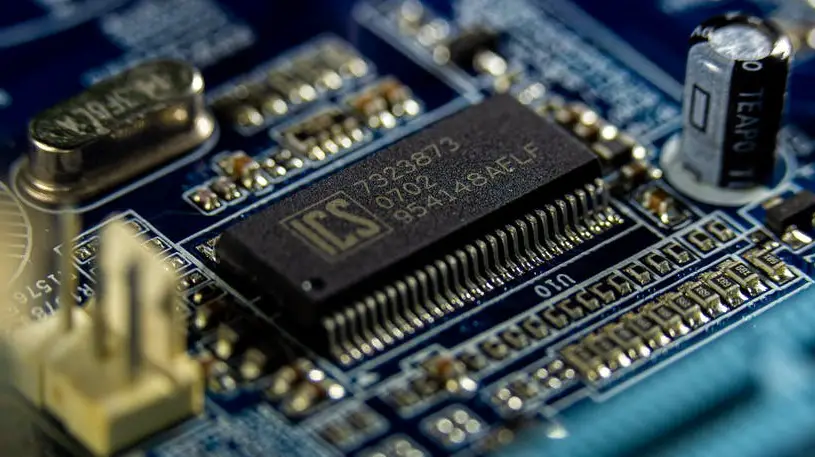A new report in Bloomberg says that although China cannot mass produce semiconductor chips made using the latest cutting edge fabrication techniques, since the government generously subsidizes the semiconductor sector, the nation’s semiconductor industry has been able to flood the market with chips manufactured using older legacy process technologies.
That cold prove problematic for Western semiconductor technology companies, as those much-needed sales are vital in their business model for generating crucial R&D funding. Bloomberg reported that as result, the US government is looking at imposing tariffs on semiconductor products which were manufactured using legacy processing nodes.
Presently the Bureau of Industry and Security at the US Commerce Department is preparing to conduct a survey of more than 100 companies throughout sectors such as automotive, aerospace, and defense, examining the degree to which the United States relies on the older, yet still essential semiconductor products which are made in China.
The survey is being designed to discover how the older semiconductor chips made on legacy process technologies (ie 40nm and older), which are still crucial to many industries, are bought and sold in America.
China is known for the generous subsidies it supplies to its chipmakers. As an example, from 2020 to 2023, SMIC, with support from banks, local governments, and state-controlled funds, was able to invest $24 billion in capital expenditures, which according to Nikkei far surpassed its earnings for that period. Similarly, China supports numerous semiconductor companies in the same way, which allows them to quickly expand production capacity, using a limitless bankroll to purchase whatever tools they need.
As a result , Chinese semiconductor companies can easily jump into the market for Display Driver Integrated Circuits (DDICs) or Power Management Integrated Circuits (PMICs), supplying billions of units to the market at extraordinarily competitive pricing each year.
This has gained the attention of the US Commerce Department. As China increases its production of these legacy chips, essentially using state funding to support the expansion of production capacity, it is becoming increasingly difficult for American producers of the chips to keep up. Bloomberg reported the Commerce Department is working on a strategy to counteract this state of affairs, and tariffs are one of the measures they are looking closely at.
The findings of the survey will be crucial to formulating the response of the US, which may include the use of tariffs, or other trade mechanisms in an effort to counteract China’s aggressive expansion of its semiconductor industry. Gina Raimondo, the Secretary of the Commerce Department, has already said the US is committed to using every tool at its disposal to prevent China from flooding the market with cheap legacy chips.
She further clarified that the Commerce Department intended to reserve the most stringent export controls for the latest generation process technologies, and not for the older, earlier generation nodes. That would mean the US does not intend to prevent China from procuring the tooling and machinery to make the legacy semiconductor chips. Rather it would merely target their export to the US.


